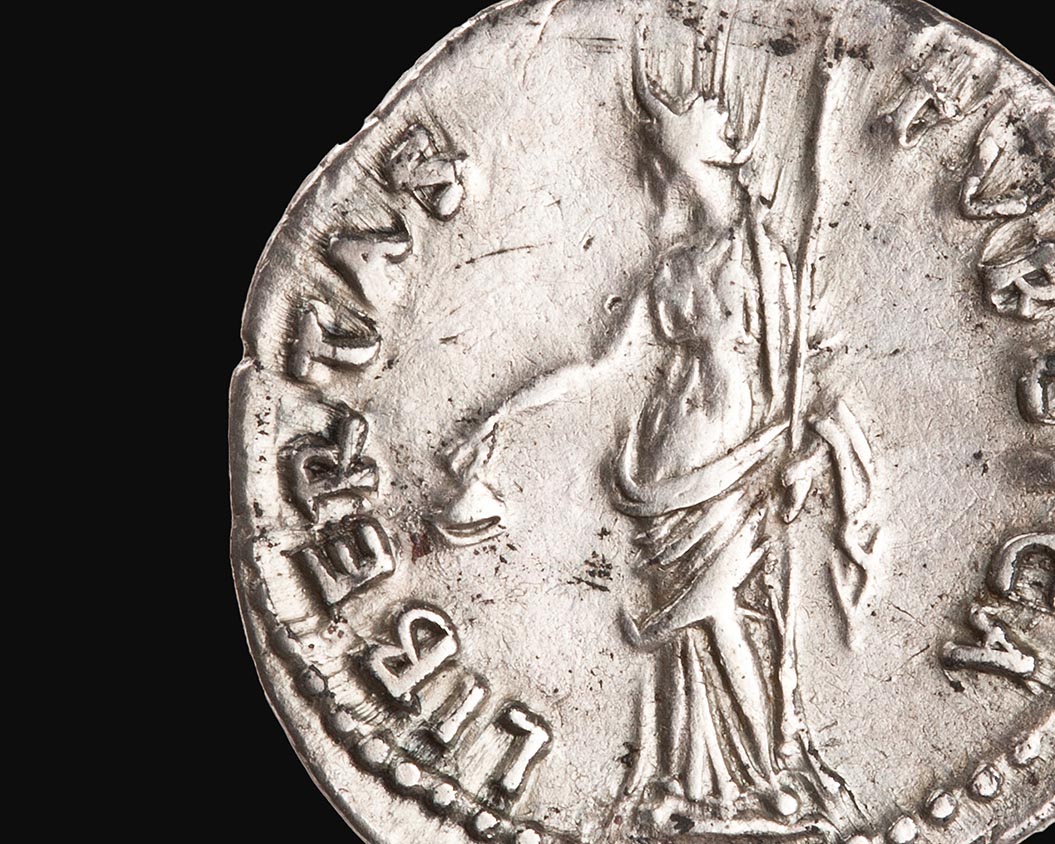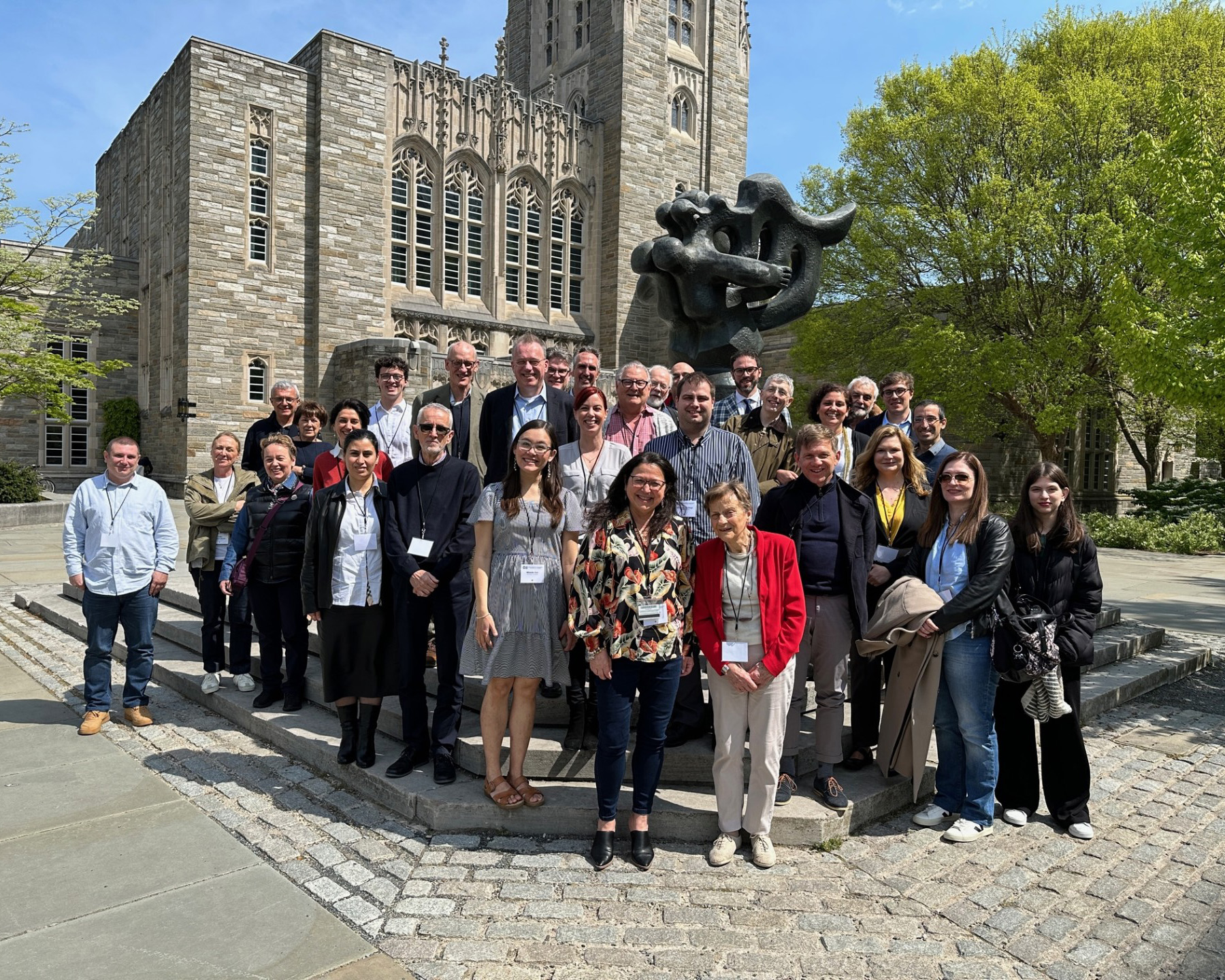The Buddhist Heritage of Pakistan: Art of Gandhara
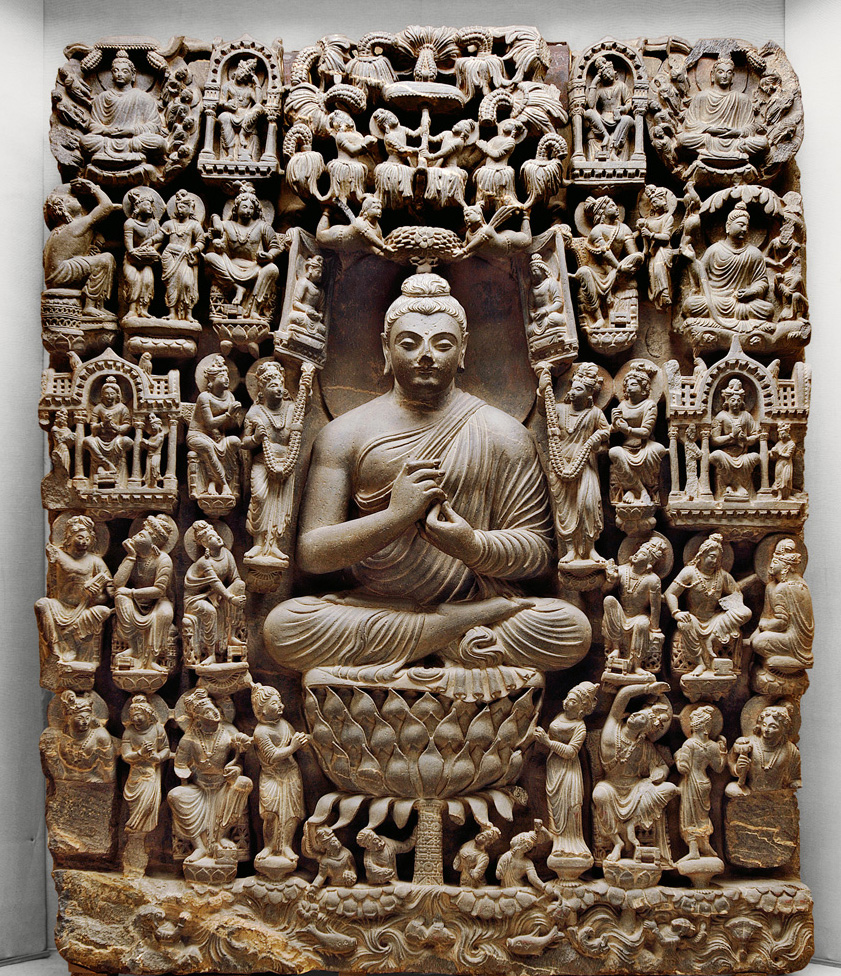
Vision of a buddha’s paradise. Mohammed Nari, Khyber Pakhtunkhwa province. 4th century CE Schist H. Lahore Museum, G-155
The Buddhist Heritage of Pakistan: Art of Gandhara
February–May 2011
Asia Society and Museum
New York, NY
The first textual mention of historical Gandhara, the region that lies in the northwest of Pakistan and eastern Afghanistan, was in the ninth century BCE. Over the next nine hundred years the region was conquered by Alexander the Great, the Indian Mauryan dynasty, the Parthians, the Indo-Greeks, and finally the Central Asian Kushan Empire. This complex history, with its many cultural influences, formed the foundation for a region where Buddhism and Buddhist art would flourish and develop unique characteristics.
This exhibition explores the primary characteristics that make works from Gandhara of such profound cultural significance, featuring stone sculptures and reliefs, bronzes, and works in gold dating from the first century BCE to the fifth century CE—from the Indo-Greek through Kushan periods, and closing with the beginnings of Sasanian rule there. The Buddhist Heritage of Pakistan is the first exhibition to bring works of Gandharan art from Pakistan to the United States in more than fifty years.
Objects on loan

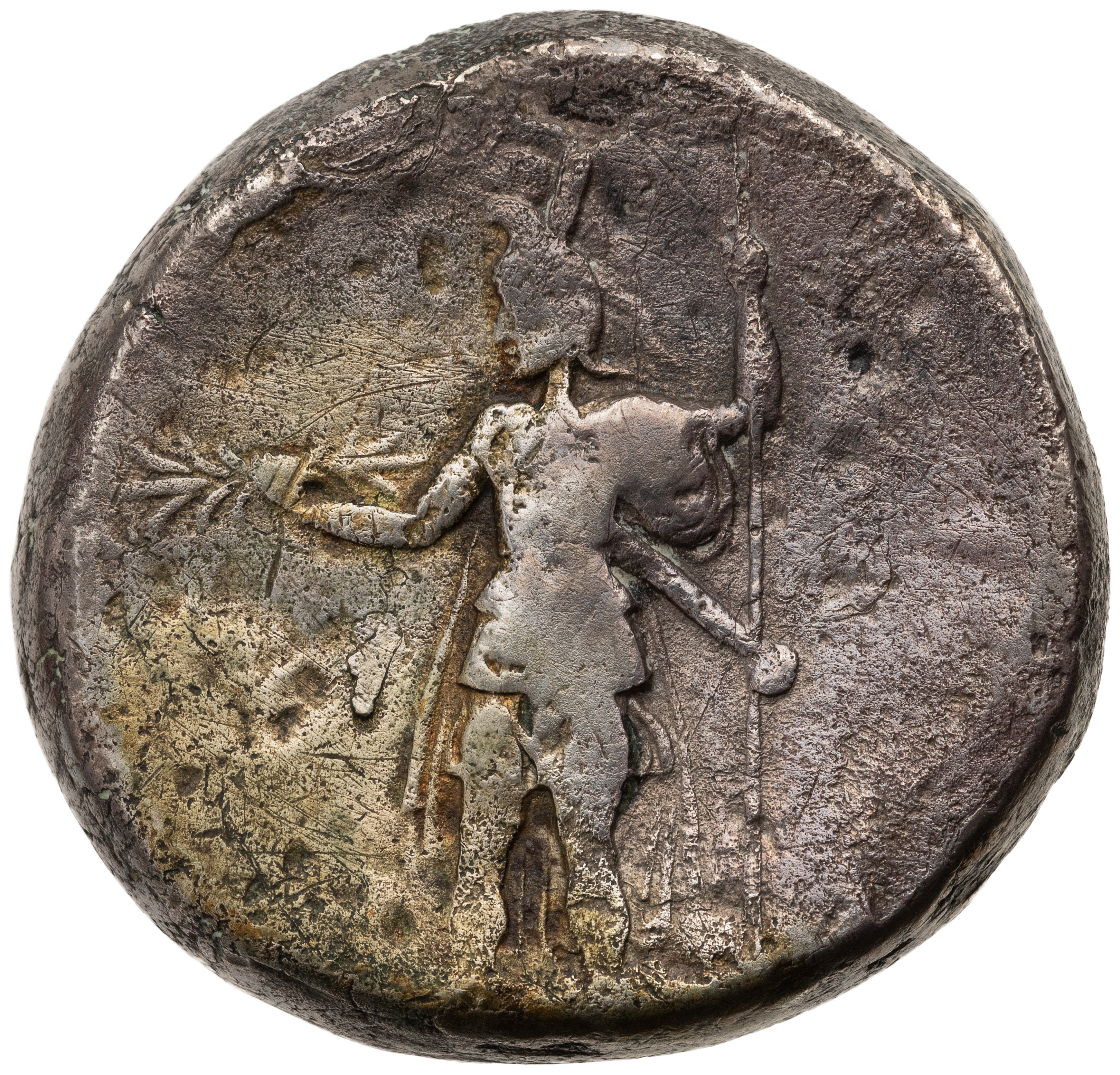
Silver Decadrachm of Alexander III of Macedon, Babylon, 323 BC – 322 BC. 1959.254.86

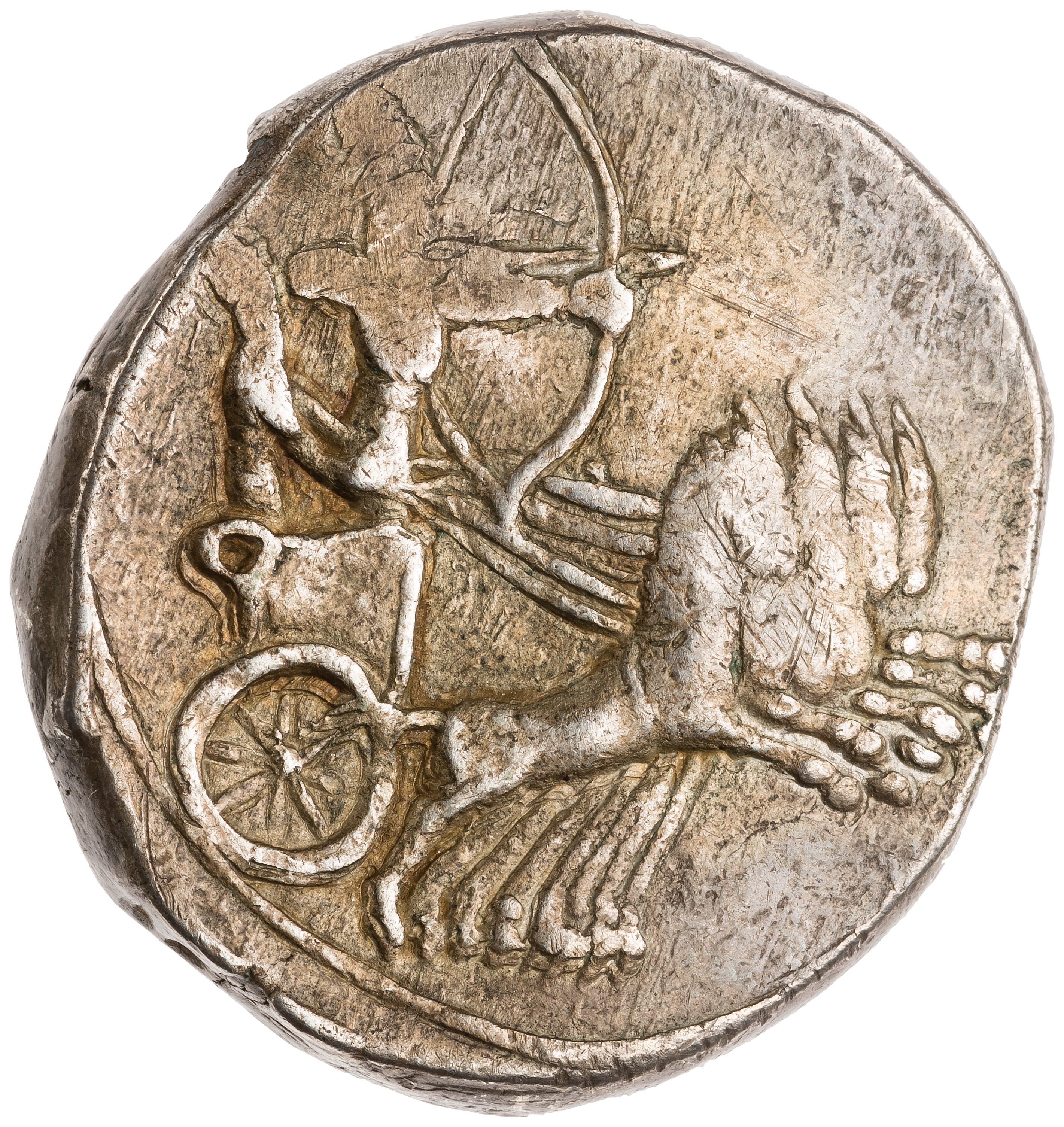
Silver 4 drachm (tetradrachm) of Alexander III of Macedon, Babylon, 323 BC – 321 BC. 1990.1.1


Gold Stater of Diodotus I of Bactria, Uncertain, 250 BC – 230 BC. 1980.125.1
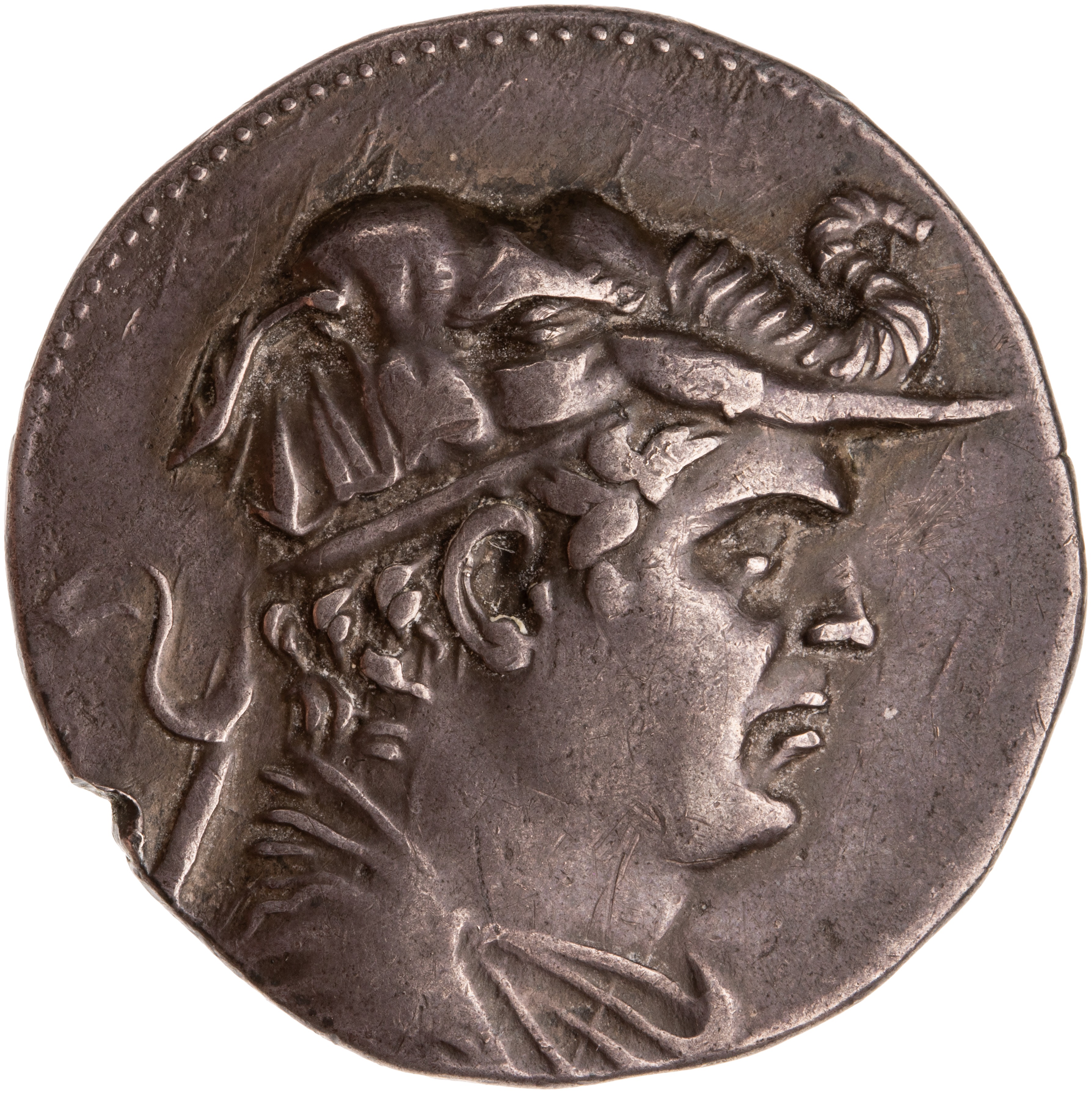

Silver Tetradrachm of Demetrius I, Uncertain, 200 BC – 185 BC. 1944.100.74388
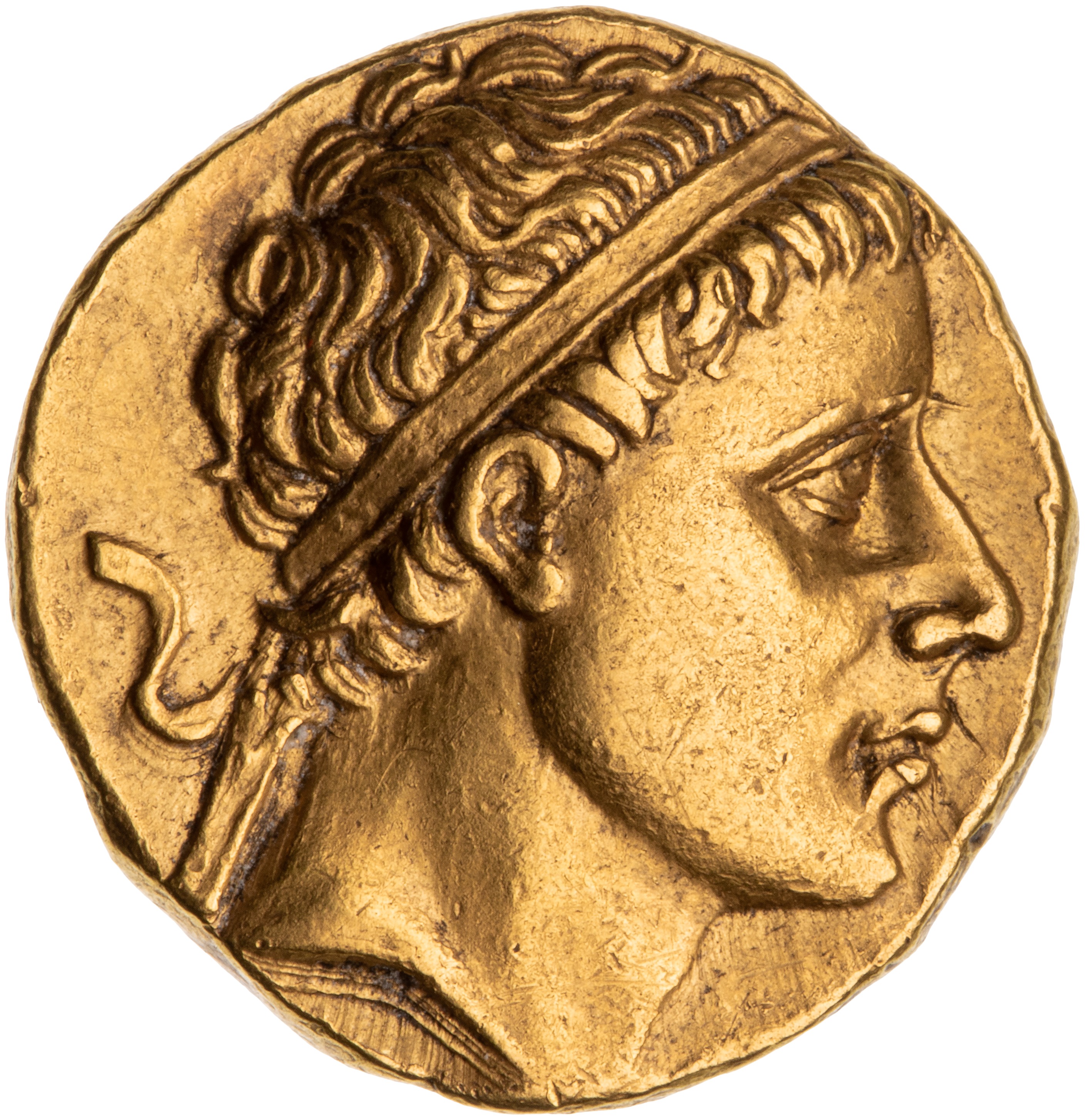

Gold Coin of Antiochus II Theos, Ai Khanoum/Bactra, 261 BC – 256 BC. 1967.152.592


Silver tetradrachm of Hippostratus of Bactria, Bactria, 80 BC – 60 BC. 1995.51.236


Bronze didrachm of Kanishka I, Kapisha (Begram?), AD 127 – AD 151. 1944.100.34176


Gold dinara of Huvishka, Peshawar, AD 151 – AD 190. 1967.154.21



